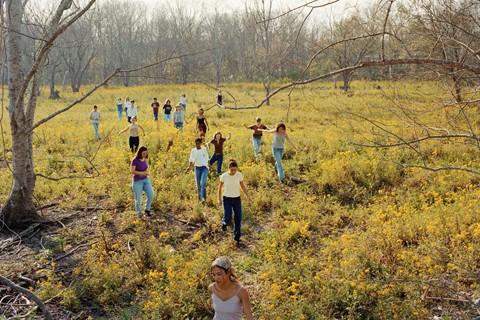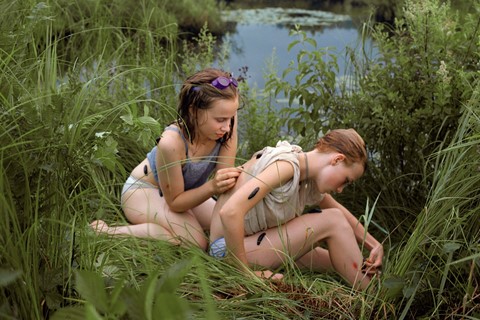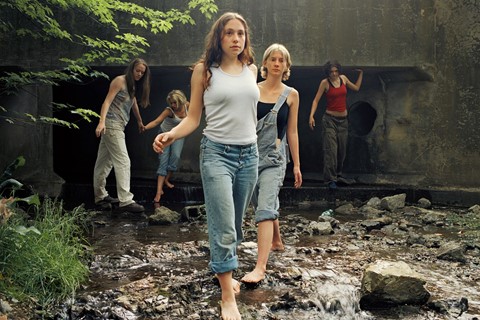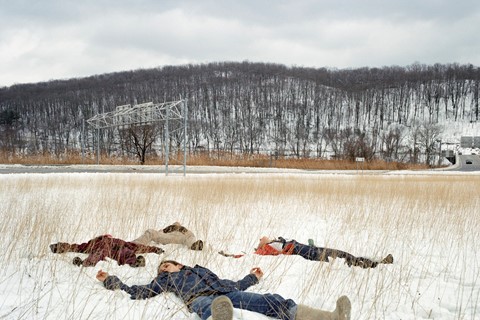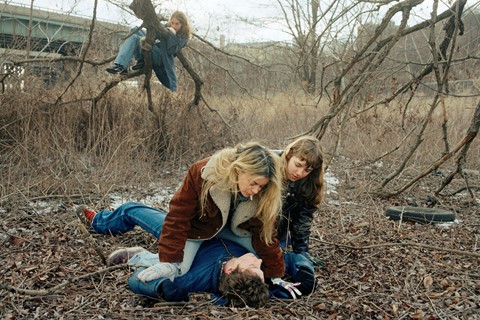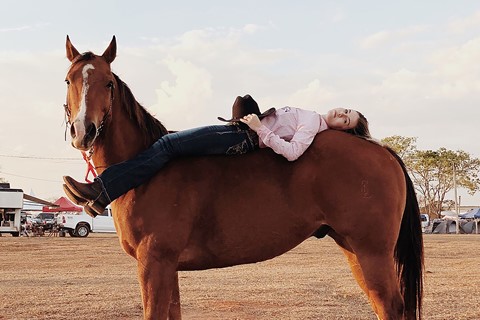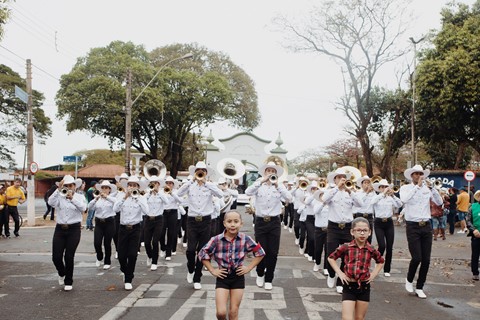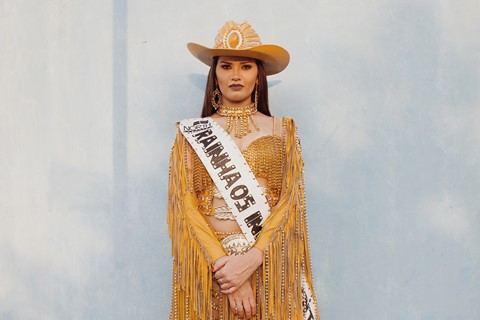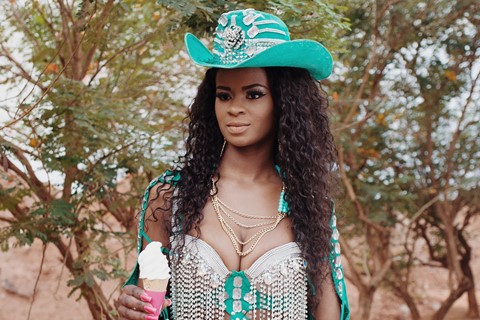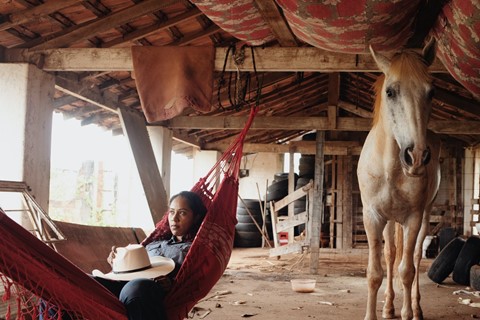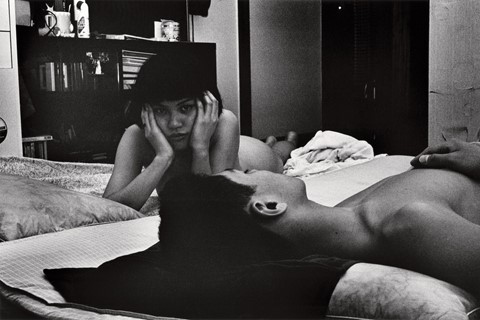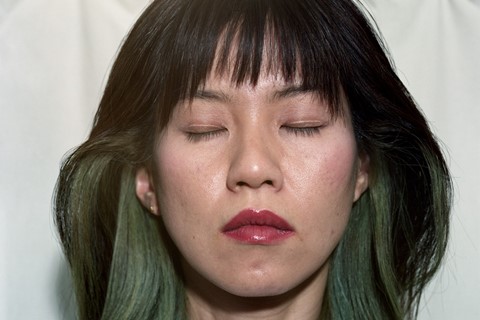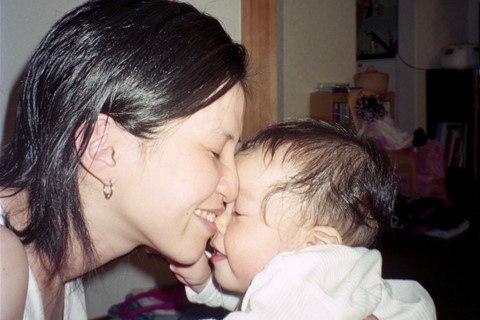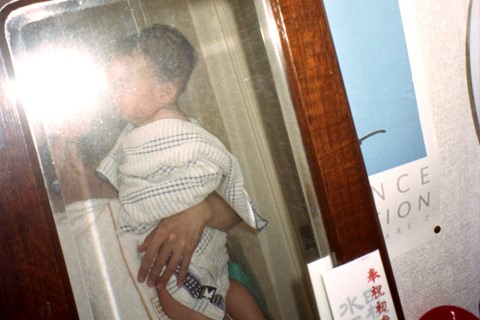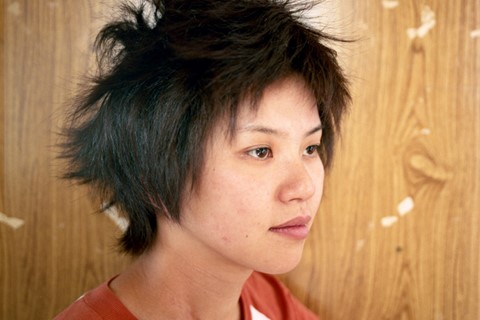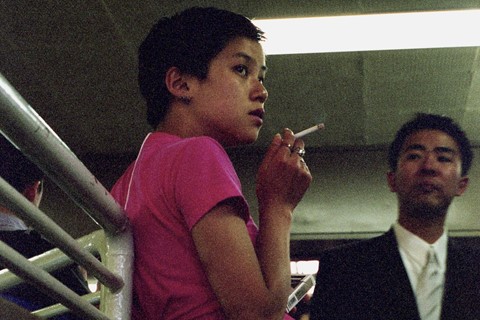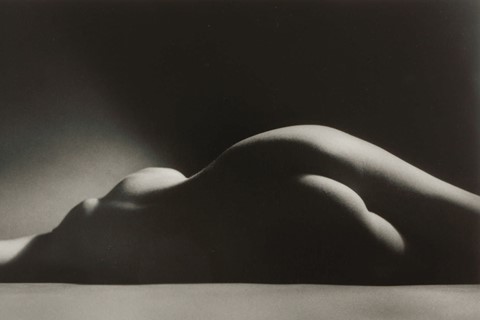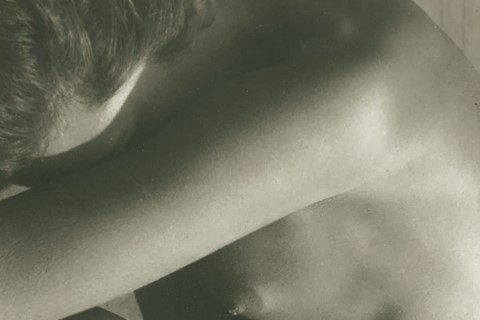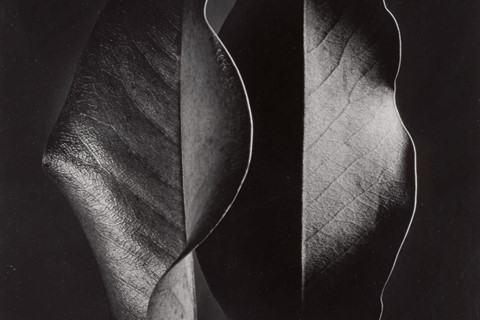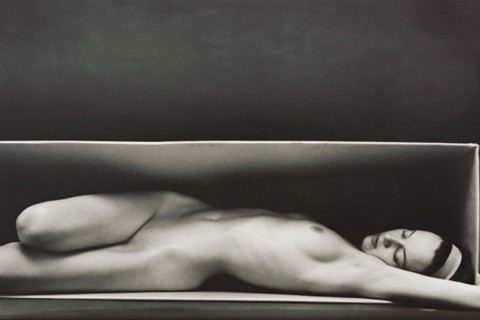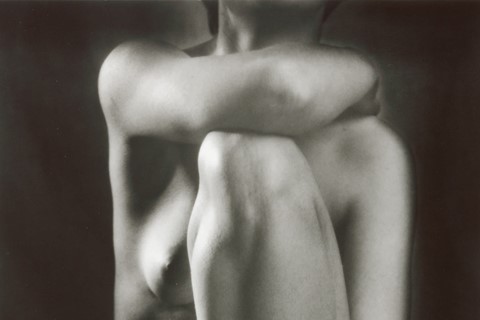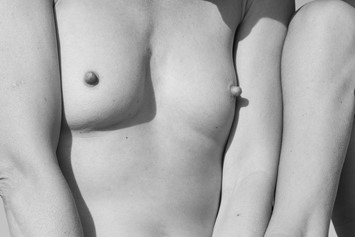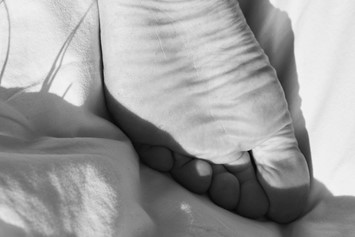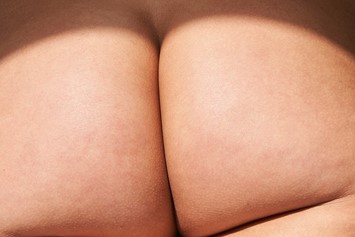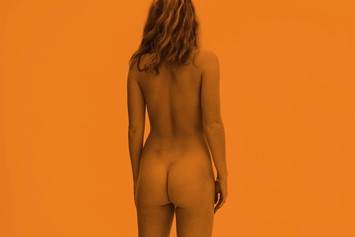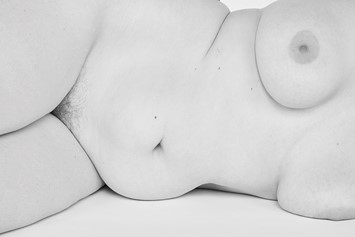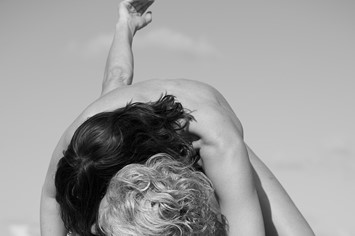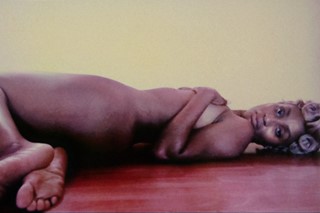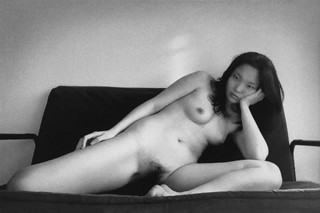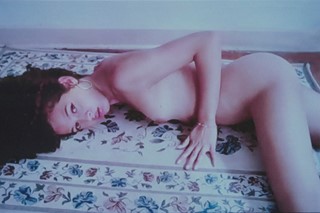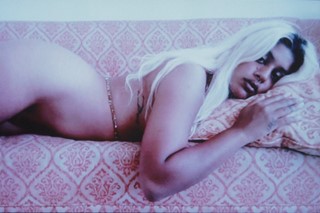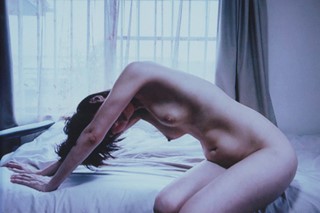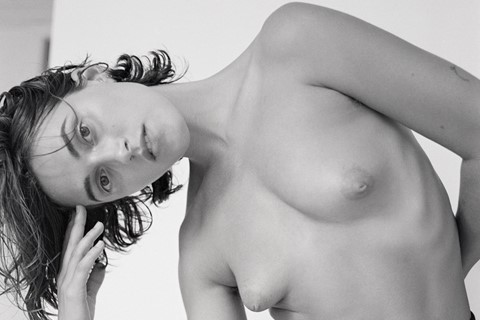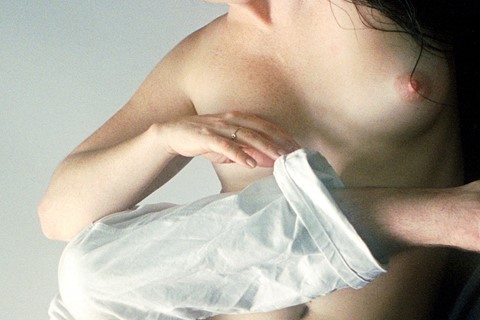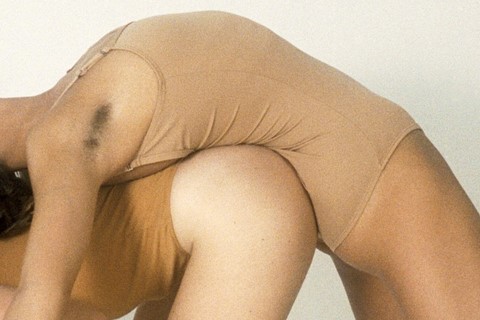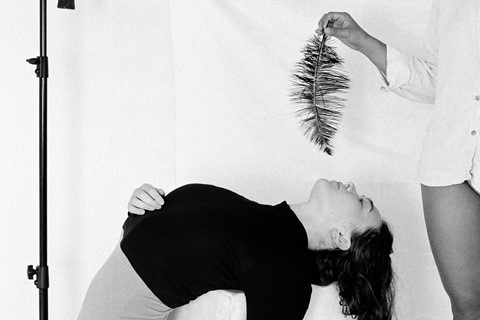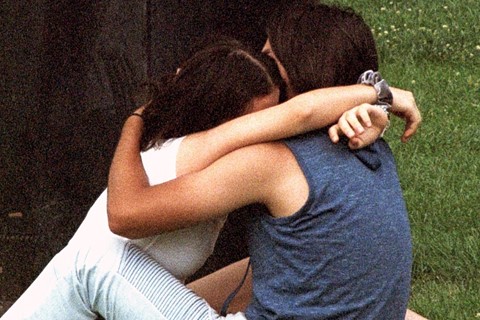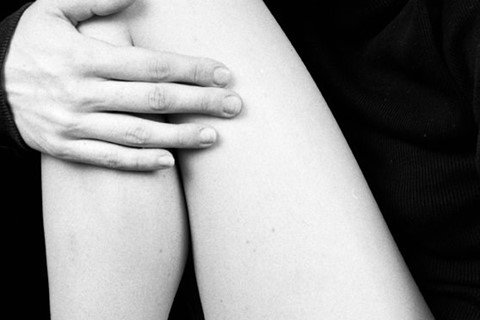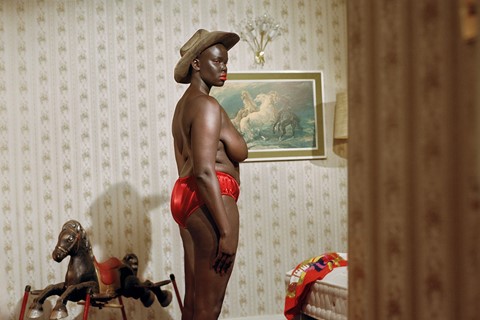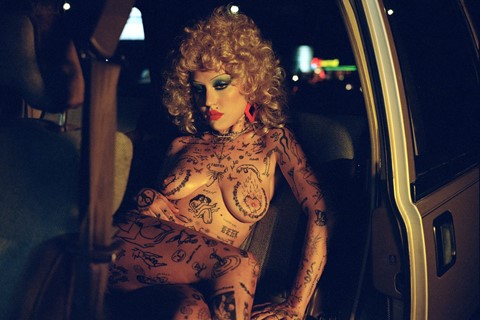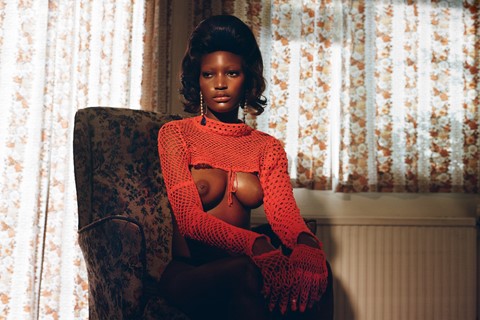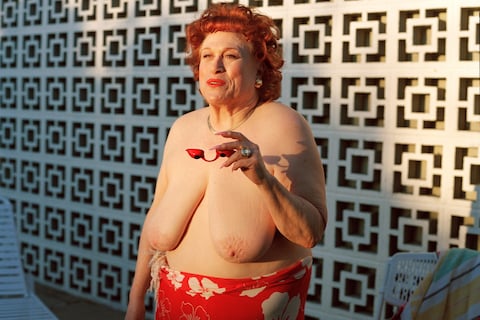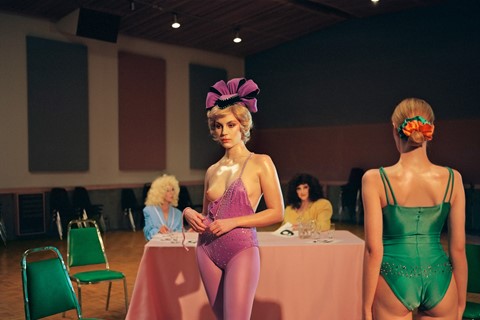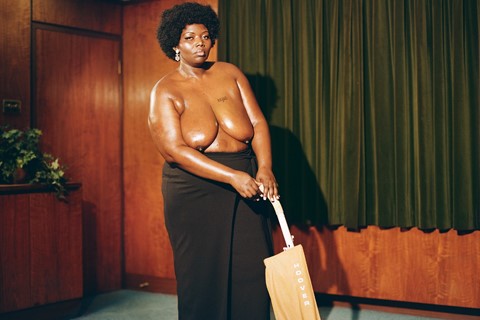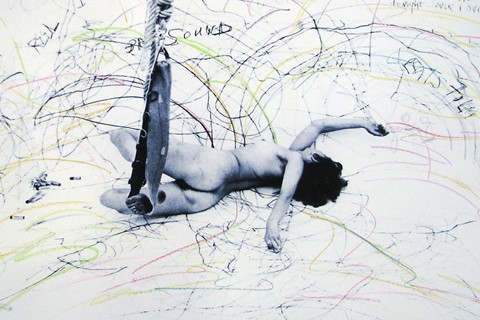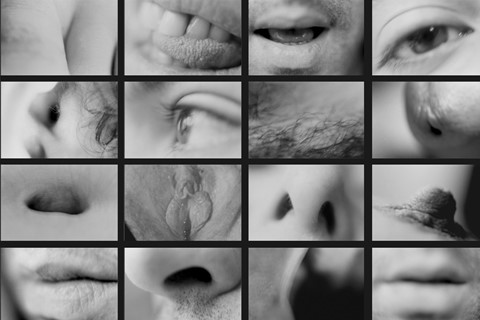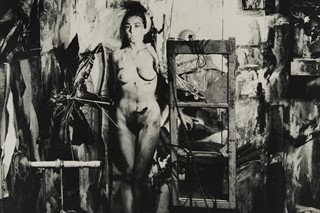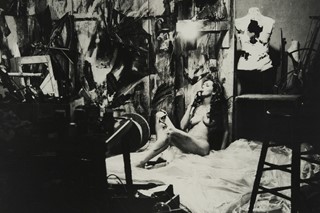From South American cowgirls and teenage runaways, to China’s fearless youth and webcam nudes: a look back at the most inspiring photo series exploring womanhood published on AnOthermag.com in 2020
Notions of the “female gaze” and the “woman artist” are often in flux, a reflection of ever-shifting cultural mores of the times in which we live. The enduring need to claim and assert one’s identity after it has been marginalised, oppressed, and erased reveals the space where the personal and the political have become one.
In 2020, we find ourselves in highly factionalised times, divisions so deep and tensions so high, a hair trigger could set things off at any time. Into this morass, artists offer a balm, a space for meditation and mediation on transcendental truths about the sanctity of life and the fragility of it all. Their work reveals a profound desire to uplift, protect, and honour womanhood in all its forms. Here we reflect on the work of ten women artists who explore ideas of gender within the complex terrain of the female mind, body, and soul in the infinite splendor of limitless charms.
Girl Pictures by Justine Kurland
Originally made 20 years ago, Justine Kurland’s captivating series Girl Pictures was this year made available via a publication from Aperture. Inspired by girl bands like The Runaways, Kurland brings us into an idyllic world where her “standing army” of teen girl runaways have decamped across the United States to create their own utopian community built on living in harmony with nature and one another. “If you simply refuse to grow up and toe the line – why would you want to, anyway? – you can create a world for yourself, one that’s bearable to live in,” Kurland said.
In the American South by Luisa Dörr
For the series In the American South, Brazilian photographer Luisa Dörr went inside the male-dominated rodeo culture of her native land to document the lives of an extraordinary group of young women making a name for themselves in a world that has long excluded or marginalised their contributions. Dörr observed, “We need to see more women involved, and realise that it is possible for women to do anything as well as men. It is empowering.”
Self Portraits by Yurie Nagashima, published by Dashwood Books
In Self Portraits (Dashwood Books), celebrated Japanese photographer Yurie Nagashima presents a visual autobiography told in a series of 140 photographs made between 1992-2016. What began as an art school project evolved into a stunning body of work that explores the intersection of the personal, the political, and the performative through ever evolving notions of self. Nagashima recognised the enduring appeal of examining one’s existence through art, noting, “I believe that taking self-portraits means a lot to a great many people. Otherwise, why is everyone always taking selfies?”
Ruth Bernhard from the Ginny Williams Collection
Hailing from Germany, Ruth Bernard (1905-2006) moved to the US in 1927, and had a prolific career as a studio photographer throughout her 101 years. Though not as widely known as contemporaries such as Dorothea Lange and Berenice Abbott, Bernard’s name became synonymous with the visual language of the female nude. “My quest, through the magic of light and shadow, is to isolate, to simplify, and to give emphasis to form with the greatest clarity,” revealed Bernard, whose work was influenced by good friend and groundbreaking photographer Edward Weston.
Dutch fashion photographer Lotte van Raalte never thought she would shoot nudes until one day in 2018, while working on a beauty campaign in Morocco. “One thing led to another and she was unclothed. I thought, this is so beautiful. It felt so liberating to have no styling, no nothing, just a pure human being,” van Raalte said. Interest piqued, the artist began making work for what would become BODY, an exhibition book featuring photographs of 46 women posing nude, celebrating the extraordinary glory of the female form – wrinkles, stretch marks, cellulite and all.
Photographer Alexandra Leese liberates the female nude from narrow confines of the male gaze in a series of photographs of 44 women from around the world, shot nude in their homes via webcam during the Covid-19 pandemic for Me+Mine zine. “I think in some way I was craving connection and a sense of community, in a world that felt increasingly isolating,” Leese said. “It became a space for me to be able to give the women involved a chance to feel empowered, beautiful and safe, and in so doing hope to inspire others to feel this way too.”
New York-based artist Jenna Westra collaborates with an all-women cast to create a series of intimate photographs that show bodies engaging in enigmatic juxtapositions and poetic contortions that take their cues from Modernist dance and 1970s artists like Pina Bausch and Yvonne Rainer. “When a camera is present instead of an audience, the way dancers orient themselves changes,” Westra observed. “I am deeply interested in how the camera has the ability to capture and make slippery moments permanent.”
A true labour of love, Nadia Lee Cohen’s debut monograph Women is the culmination of six years work. Shot in the photographer’s searing, cinematic style, the IDEA-published book consists of 100 mise-en-scêne portraits of fictional characters – enacted by friends of Lee Cohen, and women she has encountered over the years – which together form a powerful document of female strength. “Even if these scenarios are imagined, they are ultimately based on truth and real life, there’s nothing fantastical there,” Lee Cohen told AnOther. “They stand as a representation of strong femininity however the individual feels to embody that idea.”
Using her body to challenge the patriarchy, radical feminist artist Carolee Schneemann reclaimed women’s sexual agency before the Women’s Liberation Movement began, building the foundation upon which a generation of women artists now stand. “We did what we wanted” said artist Judith Bernstein, Schneemann’s friend and contemporary. “You didn’t think you were going to sell or get money. This is what we had to do. I’m glad I lived long enough to see that art went in our direction.”

